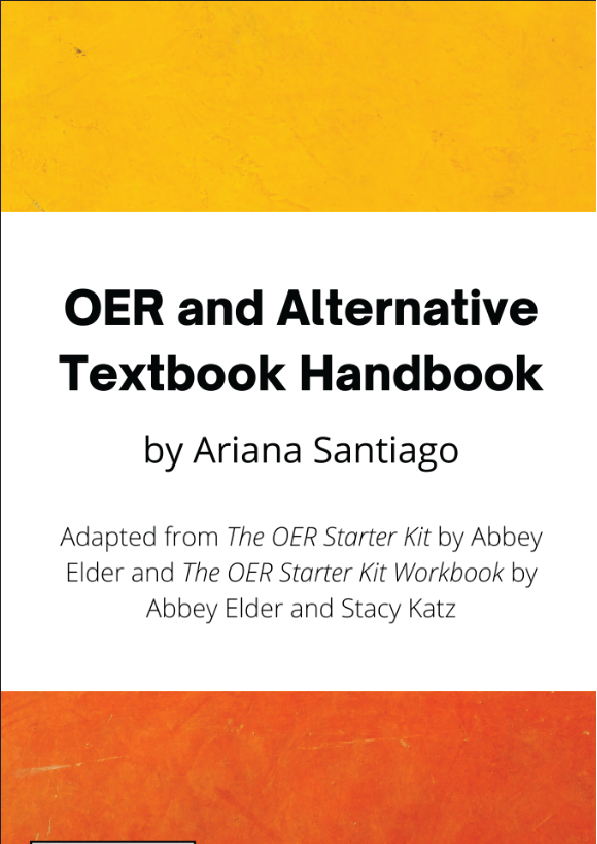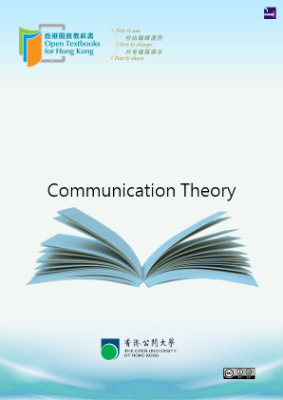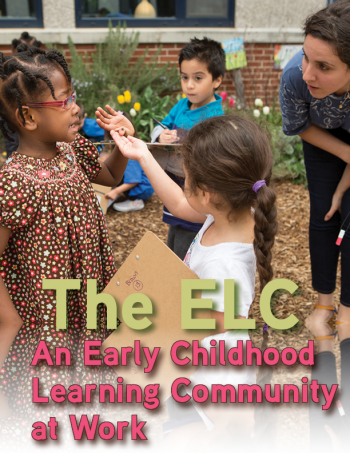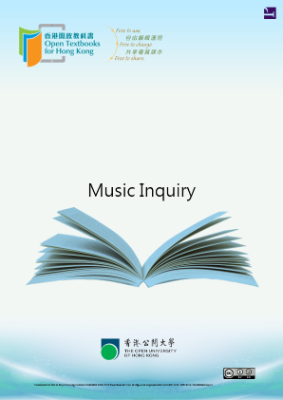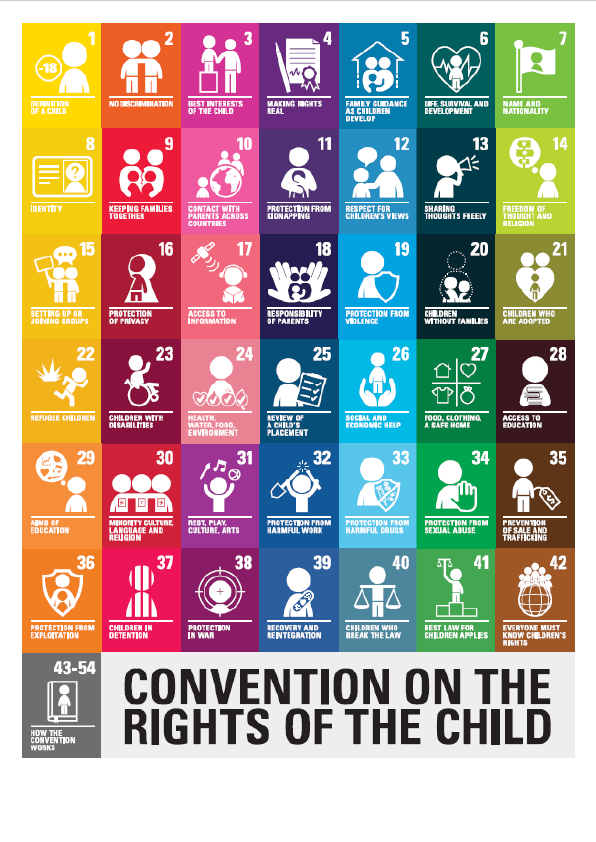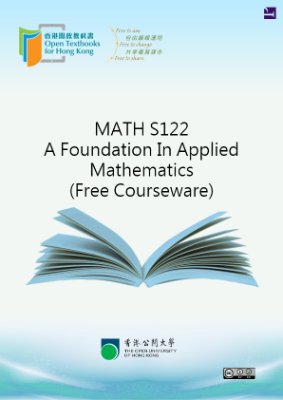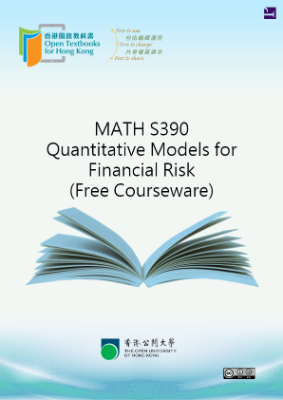The cost of textbooks has a profound impact on college students, many of whom must wait to purchase their course materials until well into the semester or choose not to purchase them at all.
The cost of textbooks might not be a major issue on its own, but it can be an insurmountable hurdle for students already struggling to get by. As a recent survey found, 36% of college students are food insecure. This number is even higher for community college students, 42% of whom reported food insecurity.
The problem of food and housing insecurity among college students cannot be fixed by adjusting the price of textbooks alone. There are a wide variety of reasons why these problems are in place.7 However, the unexpected additional cost of textbooks can make the difference between a student persisting in college or dropping out.
Access to a Quality Education
When you choose to share course materials openly, you are providing students with the opportunity to engage with your content before, during, and after your course. Because OER are always free to access online, students who are interested in taking a course you teach can read up on the course ahead of time and ensure that they are ready and interested in the material. Moreover, students who have already taken your course can be safe in the knowledge that their course materials will not evaporate at the end of the semester and that they can continue to review the materials you provided to them for years to come.
The students who benefit from access to OER are not just the ones in your classroom. Unlike affordability initiatives like course reserves, OER are free for anyone in the world to access, whether they have a college affiliation or not.8 This encourages aging learners and students in the Global South to explore educational content without having to commit the time and money they might not have to attend college.
instructors can utilize OER effectively without replacing paid resources at all. In fact, the freedom to adapt OER to instructional needs is often the most attractive aspect of OER. Since OER are openly licensed, educators are free to edit, reorder, and remix OER materials in many ways.
Use, Improve, and Share
Adapt and revise resources that have already been created to fit your course syllabus.
Create an updated second edition of an existing OER.
Tailor resources to fit your specific course context (e.g., translation, local examples).
Network and Collaborate with Peers
Access educational resources that have been peer-reviewed by experts in your field.
Create a new open educational resource with a team of your peers.
Explore user reviews for a more in-depth understanding of the resources available.
Lower Costs to Improve Access to Information
Enable all students to have equal access to your course materials.
Provide students with the opportunity to explore course content before enrolling.
In the Teaching in Higher Ed podcast below, Dr. John Stewart, Assistant Director for the Office of Digital Learning at the University of Oklahoma, talks about his experience with OER.
CHALLENGES OF USING OER
There are many benefits to using OER in the classroom; however, there are also some drawbacks. The biggest challenge that instructors face when adopting OER is best encapsulated by the phrase “availability may vary.”
SUBJECT AVAILABILITY
Many of the largest OER projects funded over the past fifteen years targeted high cost, high impact courses to save students money. Because of this, most of the OER available today are for general education courses such as Psychology, Biology, and Calculus.
This does not mean that there are no OER available for specialized subject areas or graduate-level courses; however, there are more resources to choose from for instructors who teach Introduction to Psychology than for those who teach Electronic Systems Integration for Agricultural Machinery & Production Systems.
